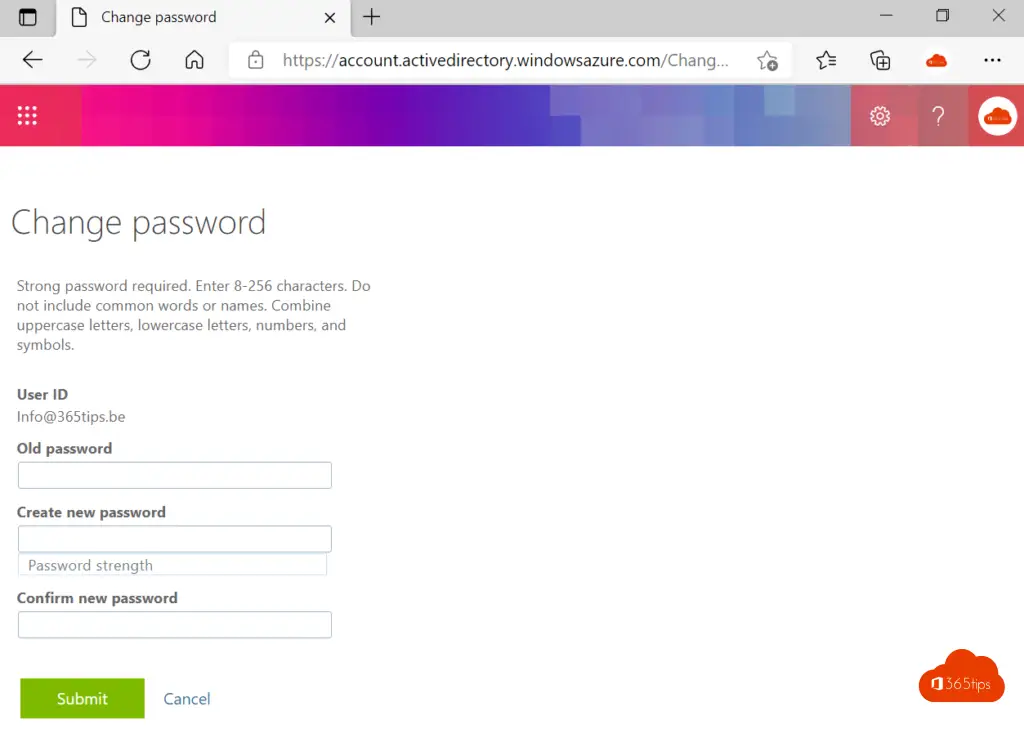

- How to tell if the office 365 password reset flag is set how to#
- How to tell if the office 365 password reset flag is set update#
- How to tell if the office 365 password reset flag is set full#
Another way to verify is through PowerShell.ĭid you enjoy this article? You may also like the article Conditional Access MFA breaks Azure AD Connect synchronization. After that, check the password synchronization in Microsoft 365 admin center. Use the PowerShell script to force sync all passwords.
How to tell if the office 365 password reset flag is set how to#
In this article, you learned how to force password sync with Azure AD Connect. Read more: Move Azure AD Connect to new tenant » Conclusion Check under Azure AD Connect that Password sync shows as recent synchronization. Give it five or ten minutes before you sign in Microsoft 365 admin center. Only Use Preferred Domain Controllers: False Last successful attempt to synchronize passwords from this directory partition started at: 5:56:57 PM UTC and ended at: 5:56:57 PM UTC Latest Password Hash Synchronization heartbeat is detected at: 17:32:56 UTC Password Hash Synchronization cloud configuration is enabled = Password Hash Synchronization General Diagnostics = PS C:\> Invoke-ADSyncDiagnostics -PasswordSync Run Invoke-ADSyncDiagnostics -PasswordSync to check that Password Hash Synchronization is enabled and synced.

Password Hash Sync Configuration for source "exoip.local" updated. Set-ADSyncAADPasswordSyncConfiguration -SourceConnector $adConnector -TargetConnector $aadConnector -Enable $trueĪfter you run the above script, it will show the output.
How to tell if the office 365 password reset flag is set full#
# Re-enable Azure AD Connect to force a full password synchronization Set-ADSyncAADPasswordSyncConfiguration -SourceConnector $adConnector -TargetConnector $aadConnector -Enable $false $p = New-Object .ConfigurationParameter "", String, ConnectorGlobal, $null, $null, $null
How to tell if the office 365 password reset flag is set update#
# Update the existing connector with the following new configuration $c = Get-ADSyncConnector -Name $adConnector # Create a new ForceFullPasswordSync configuration parameter object # Assign the local AD and Azure AD connectors value and remember it's case sensitive After that, run the script to trigger a full sync of all passwords. Next, add the local AD and Azure AD connector names to the script. Trigger full sync of all passwordsĬopy and paste the below script in PowerShell ISE. In the next step, we will add both connector names to the script. PS C:\> Get-ADSyncConnector | Select Type,NameĮxtensible2 - AAD Run Get-ADSyncConnector cmdlet to retrieve the AD sync connector. Sign in to the Azure AD Connect server and run Windows PowerShell. After that, we can use both the names in the script. Get AD sync connectorįirst, we need to know the local AD and Azure AD connector names.


If you want to force sync Azure AD Connect, read more in Force sync Azure AD Connect with PowerShell. Make sure that you have Azure AD Connect installed before you proceed further.


 0 kommentar(er)
0 kommentar(er)
